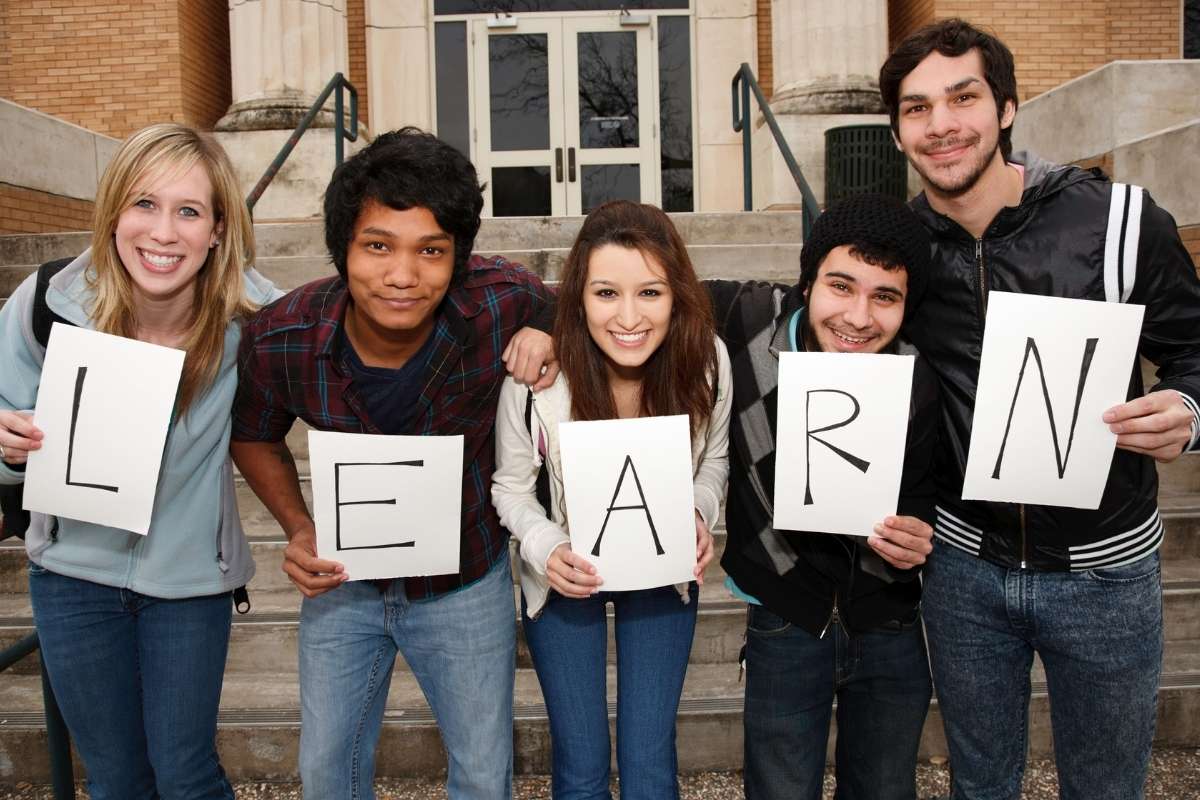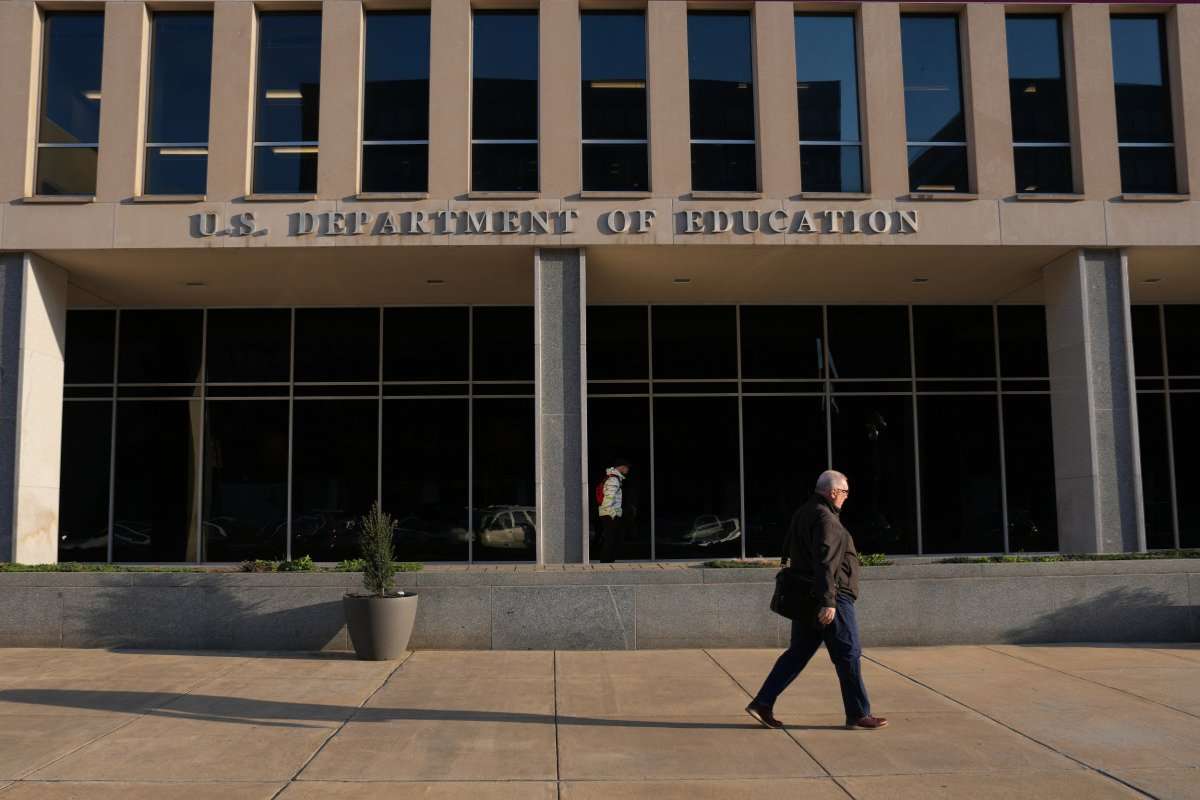“Field trip or five additional points.” The invitation to University of California, Berkeley students seemed like any other invitation for students to attend a lecture at an institution or a special exhibition at a museum. Graduate assistant Victoria Huynh mentioned a “field trip” that involved participating in a demonstration “against settler-colonial occupation of Gaza.”
This offer of extra credit is all too common in today’s higher education, where lobbying is being taught as a course of study. The school ordered “a number of options for extra credit, not just one” in response to the outrage.
Course descriptions for many advocacy-based courses sound clinical and analytical. For example, “race relations and the commonalities and differences between Asian Americans and other race and ethnic groups” are covered in the UC Davis course “Asian American Communities and Race Relations.” To succeed in the class, however, higher education students are expected to imitate the political stance that is frequently reflected in the assignments and lectures.
A screen grab from this course indicated that the topic of discussion will be “Palestinian history in relation to class concepts like colonialism, imperialism, and Third World solidarity.” It should be abundantly obvious that “the solidarity” does not include Israel.
In higher education, advocacy is displacing academia more and more.
Higher education is currently rife with activism as social justice has become a departmental benchmark. These days, many students are more likely to be focused on protests than on Plato.
These days, even journalism students are advised to “leave neutrality behind” and give up on “objectivity.” “Pursuing objectivity can lead to false balance or misleading ‘bothsidesism’ in covering stories about race, the treatment of women, LGBTQ+ rights, income inequality, climate change, and many other subjects,” according to Leonard Downie Jr., a former executive editor for The Washington Post.
In higher education graduate programs in social work and law have long included advocacy as a component, teaching students how to advocate on behalf of clients or other people. However, instead of teaching students, advocacy and activism are now given as a general course. Protests, which were formerly defiant demonstrations in the university yard, are now studied in classes taught by academic activists.
For instance, students in Arizona State University’s BA programme “complete courses in two core areas: diversity and oppressed populations and social issues and interventions” and are focused on “historically under-served individuals, families, and communities.” The programme is entirely focused on “community advocacy and social policy.”
“Advocacy and social justice studies” are offered at many schools. Students can “study social justice with distinguished instructors from a wide range of academic departments, from Afro-American Studies to Women, Gender, and Sexuality Studies” at the University of Massachusetts at Amherst.
Based on the Black Lives Matter movement’s advocacy work and the COVID-19 pandemic, which “revealed the depth of social inequality and its life-or-death consequences,” Camden County College offers a degree in diversity and social justice. Some provide “an A.S. degree in Human Services, Social Justice Advocacy and a certificate of proficiency in social justice.”
Far-left academics might use these courses as forums to politicise and spread their beliefs. It currently happens at all levels of our educational system and is frequently limited to a single political party. Future elementary and secondary educators are taught in academic departments that “teaching is a political act,” enabling them to inculcate social and political principles in their young students. After graduating from college, such students can pursue degrees in advocacy and activism.
The Department of Education in New York granted permission for 1.1 million pupils to skip class in order to participate in the climate change protest. It seems unlikely that countervailing conservative causes like pro-life marches or gun rights demonstrations would be granted the same accommodations.
These courses align well with departments that have drastically shifted to the left, where many professors utilise their teaching positions to promote their political beliefs rather than impart knowledge. Students should understand that it is expected of them to present similar opinions in their own analysis.
One lecturer cut through all the pretence and told students that their training would include participation in her advocacy group. Meanwhile, conservative academics who join divisive demonstrations or make contentious speeches face censorship or suspension.
Over the past few decades, Higher education universities have generally eliminated Republicans and conservatives from their ranks. More than 75% of Harvard Arts and Sciences and School of Engineering and Applied Sciences faculty members who responded to a recent Harvard Crimson survey described themselves as “liberal” or “very liberal.” Just 2.5% of respondents classified themselves as “conservative,” and 4% as “very conservative.”
In another survey, Eric Martinez of MIT and Kevin Tobia of Georgetown University discovered that just 9% of legal professors at the top 50 law schools identify as conservative.
The range of opinions in these social justice and advocacy-focused departments spans from the left to the far left.
Certain faculty advocates has the ability to lead by example. Mireille Miller-Young, an associate professor of feminist studies at the University of California, Santa Barbara, violently attacked pro-life activists and destroyed their exhibit. Even when she entered a guilty plea to criminal assault, the institution declined to reprimand or terminate her.
To prevent the expression of pro-life or other viewpoints on campuses, some professors still resort to violence or destruction in front of students.
Faculty encouraged students to protest Israel following Hamas’ slaughter of Israelis this month, displaying the same blind fury. Jemma Decristo, an undergraduate adviser and professor at UC Davis, threatened academic members and the families of Israel supporters on social media. One set of people we can easily reach in the United States is the zionist journalists who disseminate false information and propaganda, according to Decristo. They can dread their bosses because they have addresses and residences, but they ought to fear us more. Our children attend school. Three drops of blood were placed after images of an axe and a knife, along with this menacing text.
Although Decristo’s aggressive and threatening remarks were later condemned by the institution, it had no prior concerns about the lecturer instructing UC Davis students in American studies. She is a member of the radical chic, which consists of the radical left academics who have long dominated departments.
The growing animosity towards competing viewpoints on campus is partly a result of the focus placed on campaigning at the price of education. These educators and students frequently have little patience for the opinions of others and “advocate” by dismissing or stifling those they deem to be “harmful.”
Many of us support our students’ political engagement and activity. They must speak out passionately in the discussions that take place now on everything from abortion to the environment to war.
In our nation, we have long benefited from intellectual activists, but they were thinkers before they were activists. They were influential thinkers who promoted social change using traditional education. By producing thousands of graduates with nothing more than display skills, we are not doing these students any favours as markets and jobs become more competitive.










